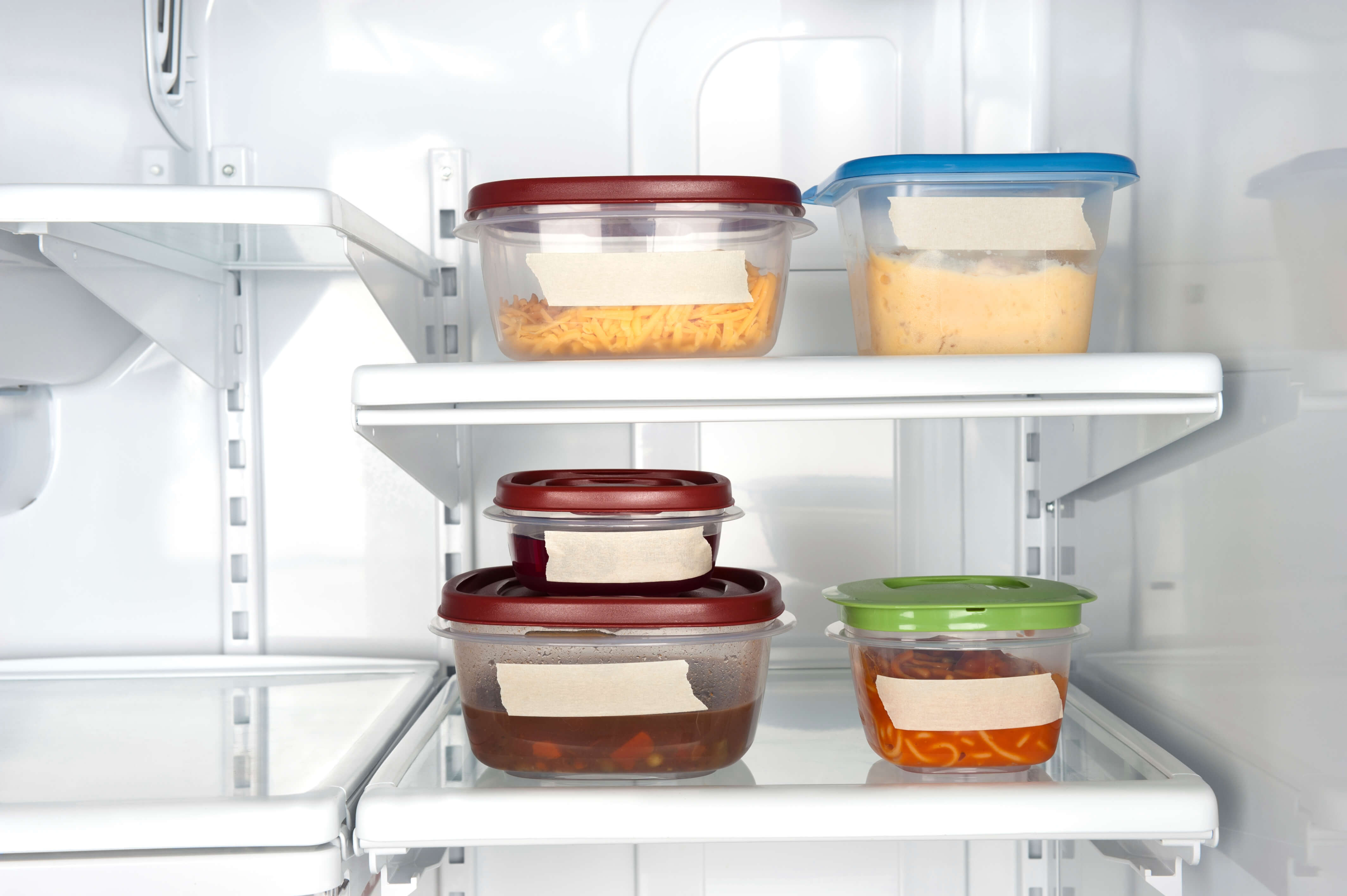Are You Storing Your Food Properly?
We all have those times in which we just make too much of a delicious dish and need to save some in the refrigerator for later. It’s important that these leftovers are stored safely, as unsafe storage of prepared food can quickly lead to foodborne illness. You don’t want to have a hard time ever eating your favorite dish again, so here are some things to keep in mind when storing your food and leftovers:
Know the danger zone
Not the Kenny Loggins song – the temperatures between 40 and 140 degrees Fahrenheit. This range of temperature allows bacteria to grow rapidly, so it’s necessary to ensure all food doesn’t stay in this range for more than two hours. By the time your cooked or cold food hits the two-hour mark, it’s important to get it to a refrigerator. If there’s no way to get the food to a reasonable temperature, don’t bother saving it.
Wrapping your leftovers
Do not throw a half empty pizza box into the fridge. When storing once-hot food, either seal the food in containers, or tightly wrap it in aluminum foil or plastic. The less air that can get in, the better. Not only will this keep bacteria off of the food, but it’ll also allow it to taste fresher and keep your pizza from absorbing the flavor and smell of that onion it’s sitting next to. According to the University of Minnesota, here are the acceptable times to keep your leftovers in the fridge before they become a foodborne illness hazard:
- Meat-based broth or gravy: One to two days.
- Soup and stew: Three to four days.
- Cooked meat or poultry: Three to four days.
- Deli meats: Three to four days.
- Pasta/potato/egg salads: Three to five days.
Thawing your food
There is a lot of speculation when it comes to proper ways to thaw your frozen food. The safest – but most tedious – way to do so is to thaw your frozen food in the refrigerator, since it will never rise above 40 degrees. However, if you’re in a pinch, you can use a microwave or bowl of water to do so. Just make sure the internal temperature reaches 165 degrees Fahrenheit before you eat it.
Reheating your leftovers
We’ve all found ourselves in the situation in which we got halfway through our leftovers to find the middle is still cold. Not only is this a bummer, but it can also be unsafe. Make sure your food is thoroughly heated to at least 165 degrees Fahrenheit. If it’s possible, stir your food up halfway through microwaving, and cut pieces of meat up rather than cooking a whole piece at once. When heating up leftover liquids like sauces or gravies, bring them to a boil and let them cool off a bit before eating them. This will kill off any harmful bacteria that may have been present.


